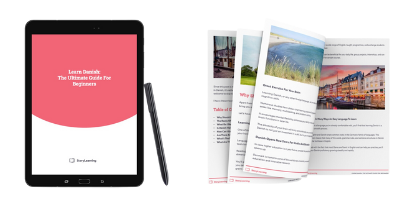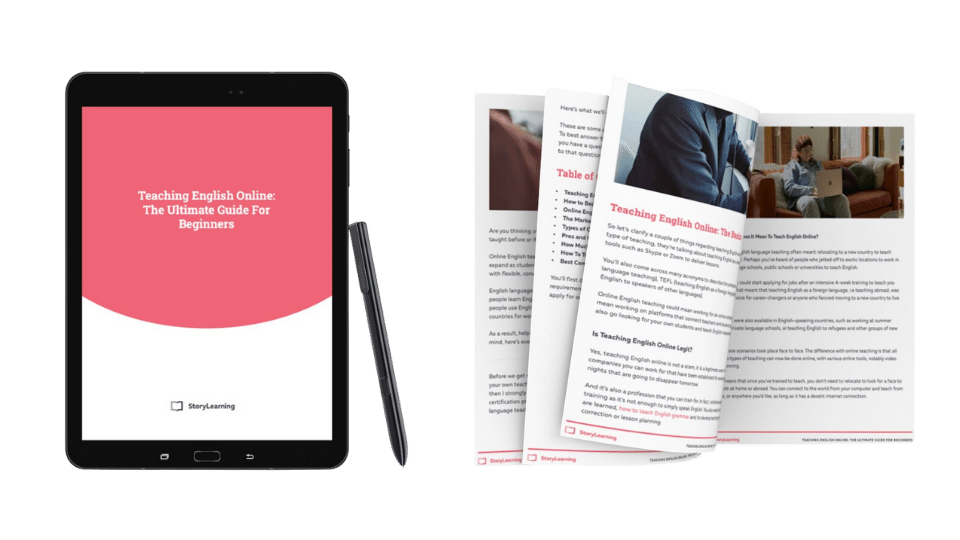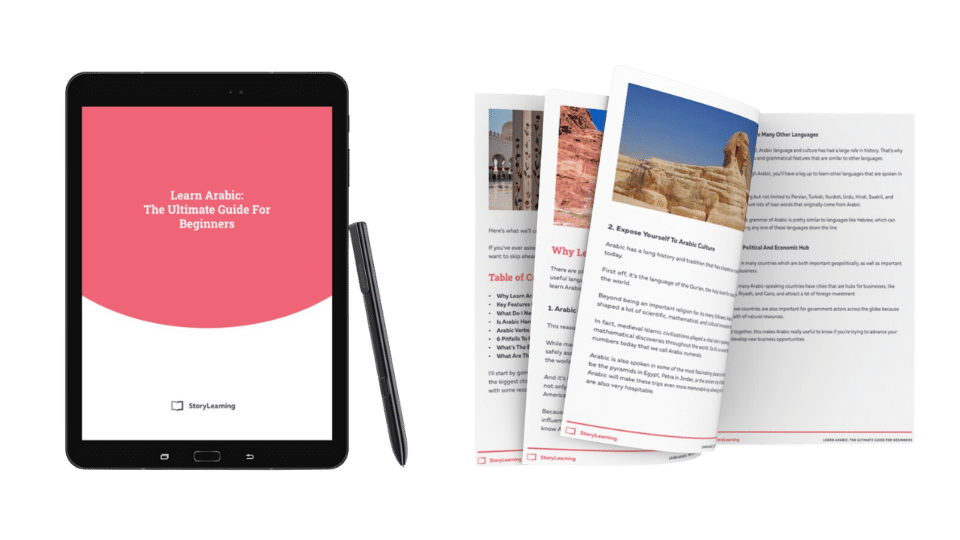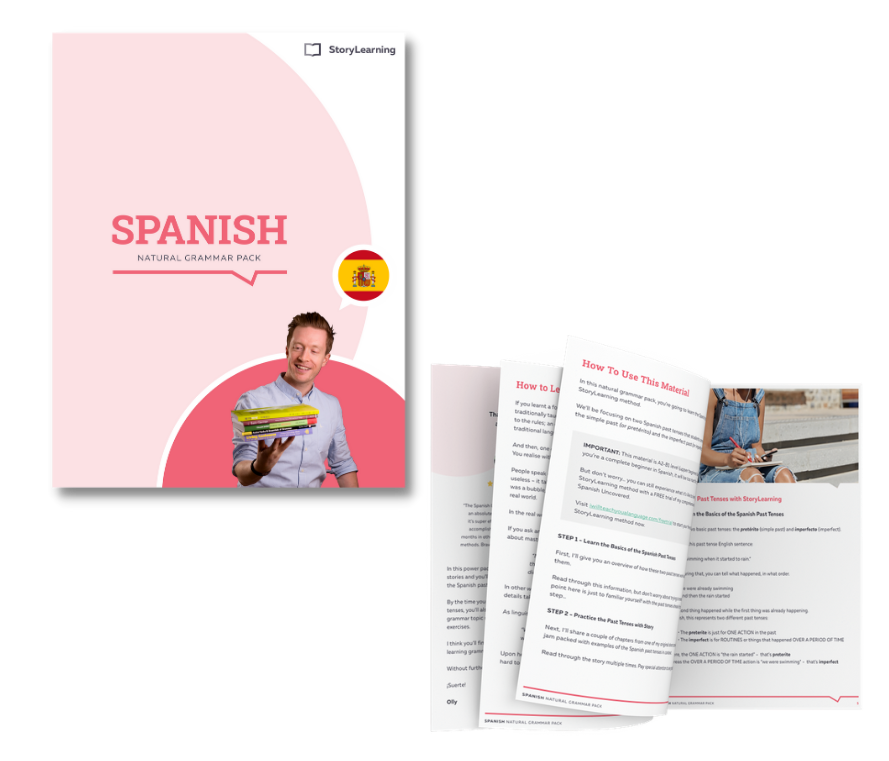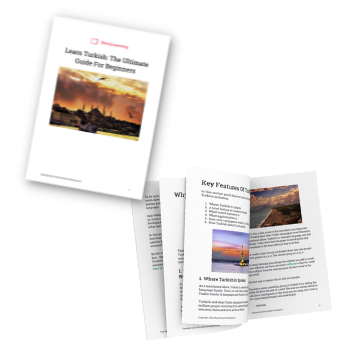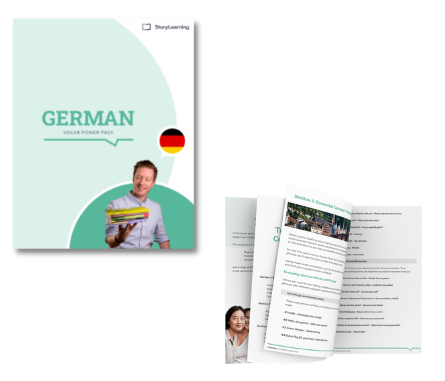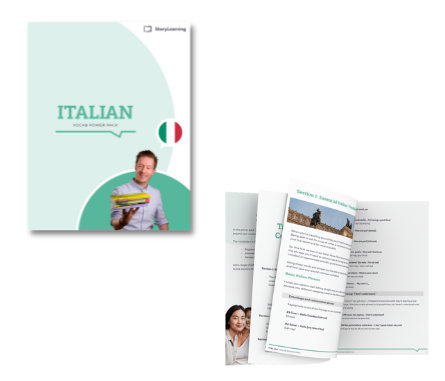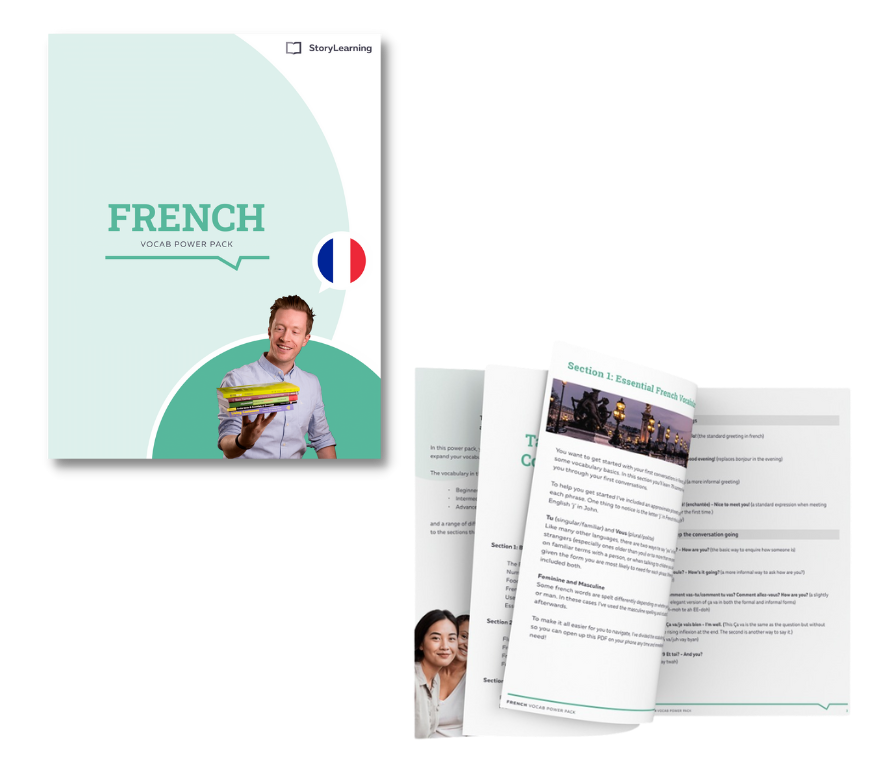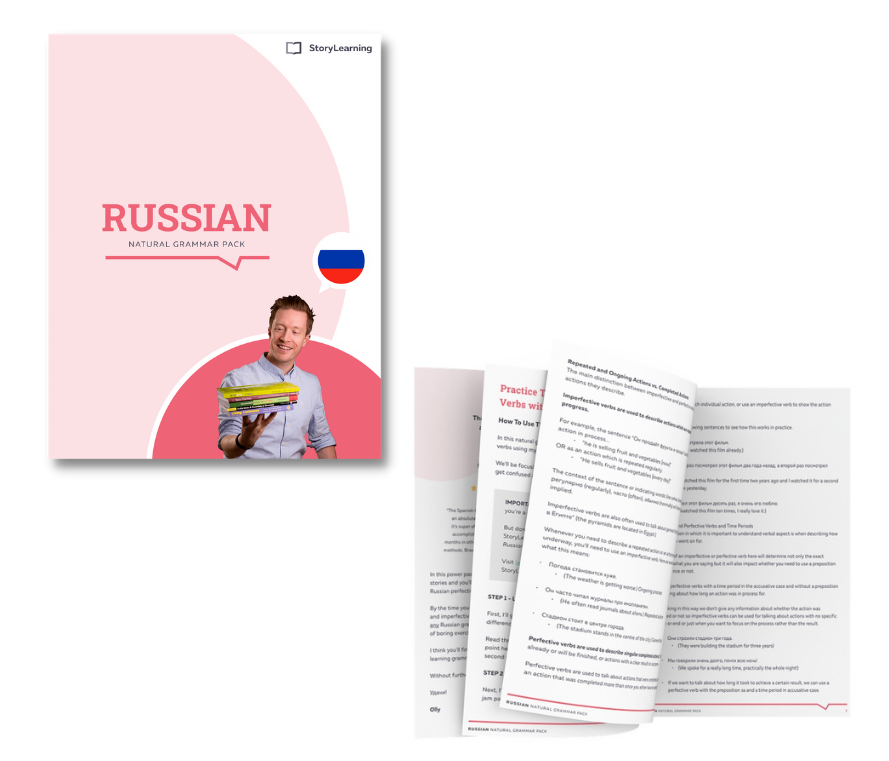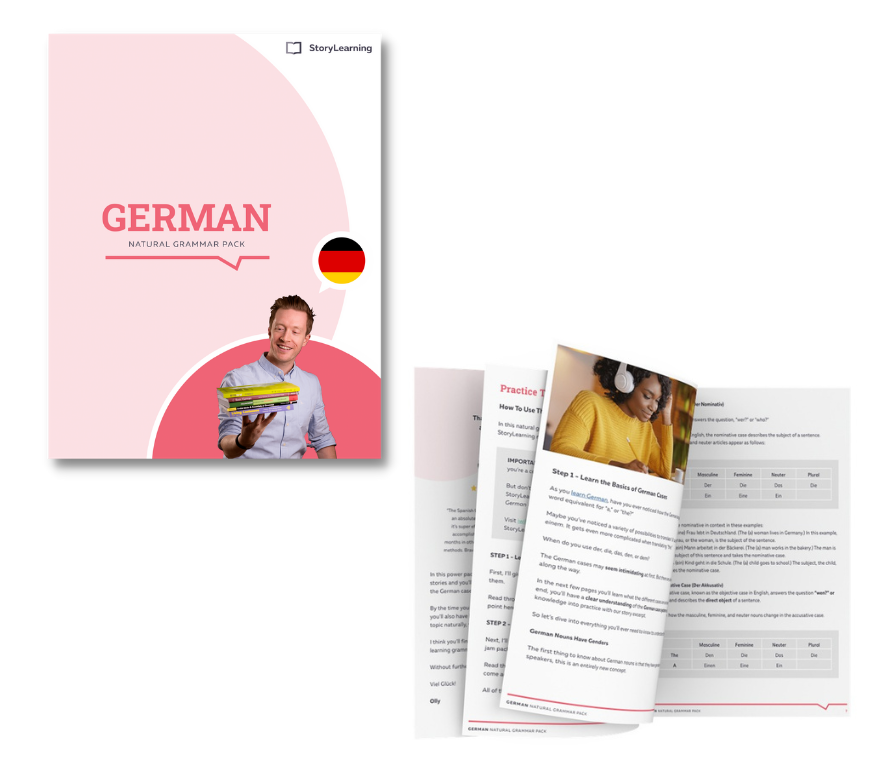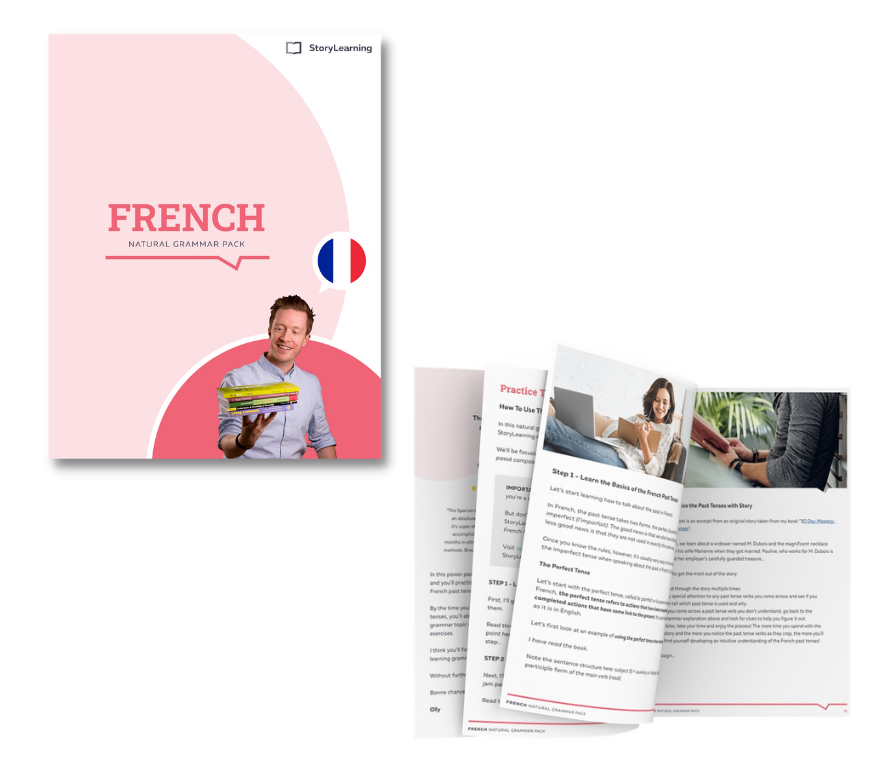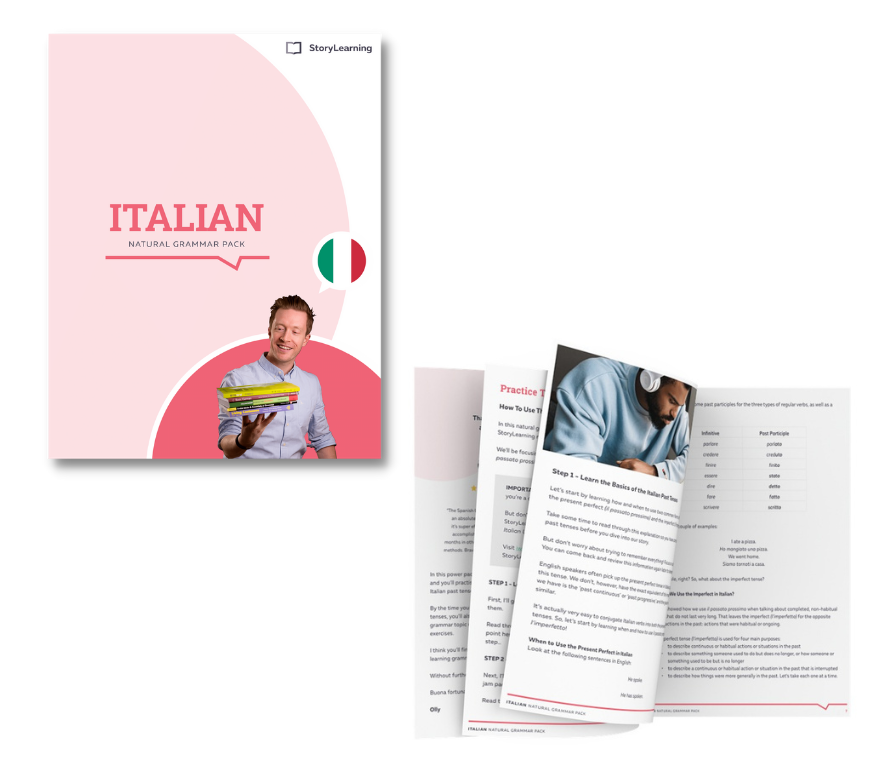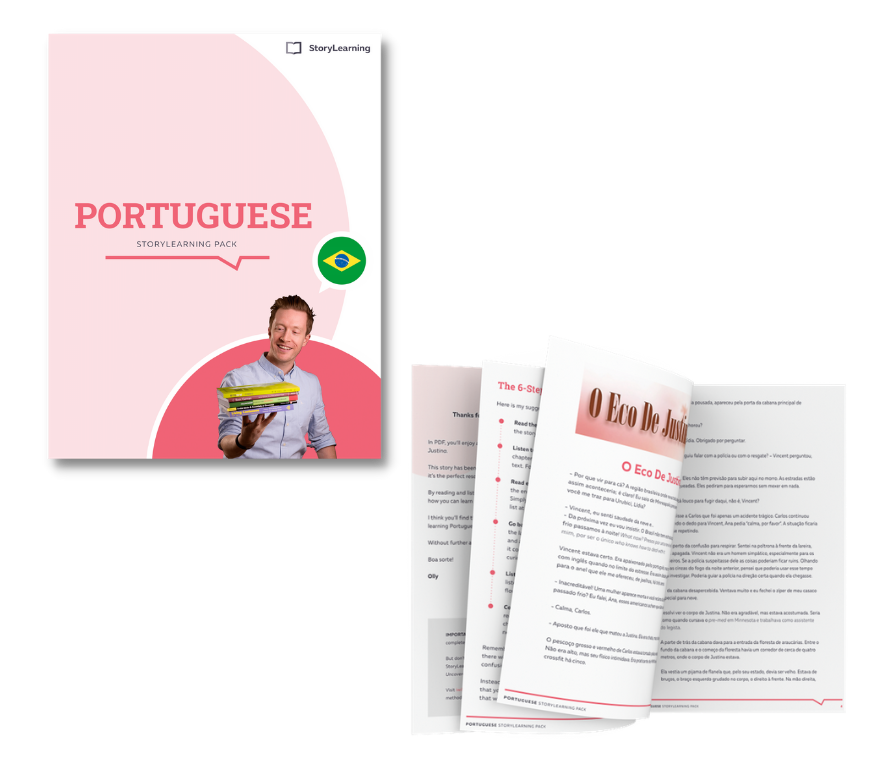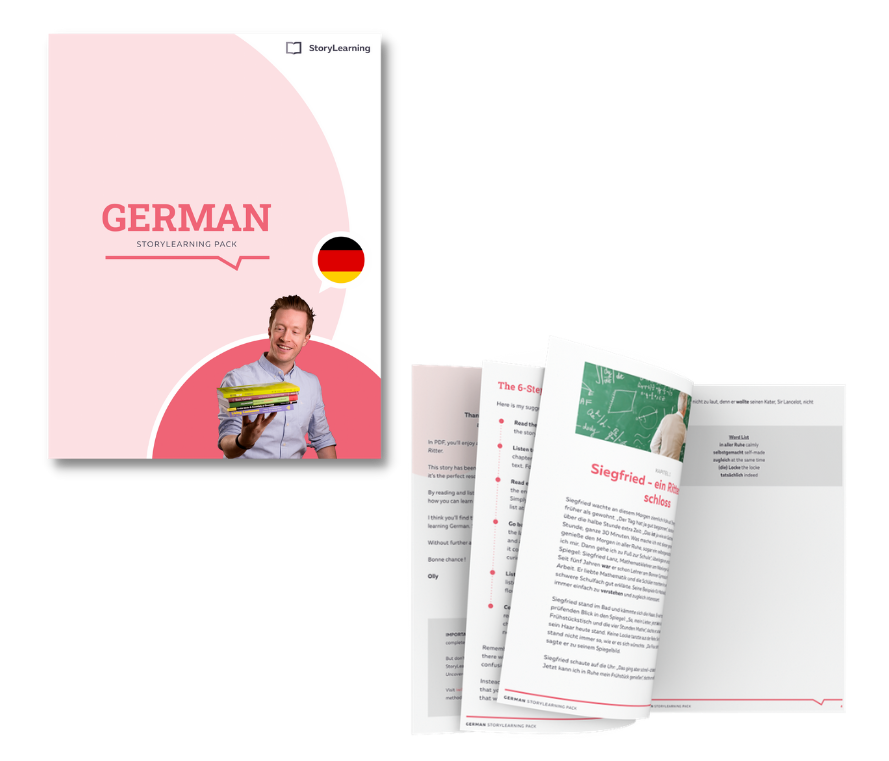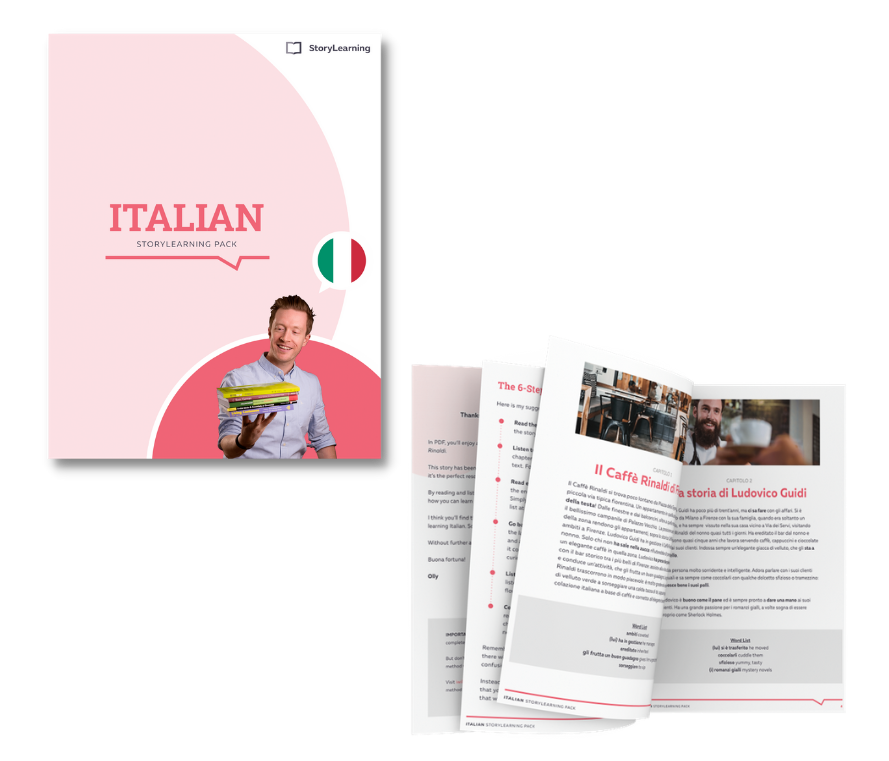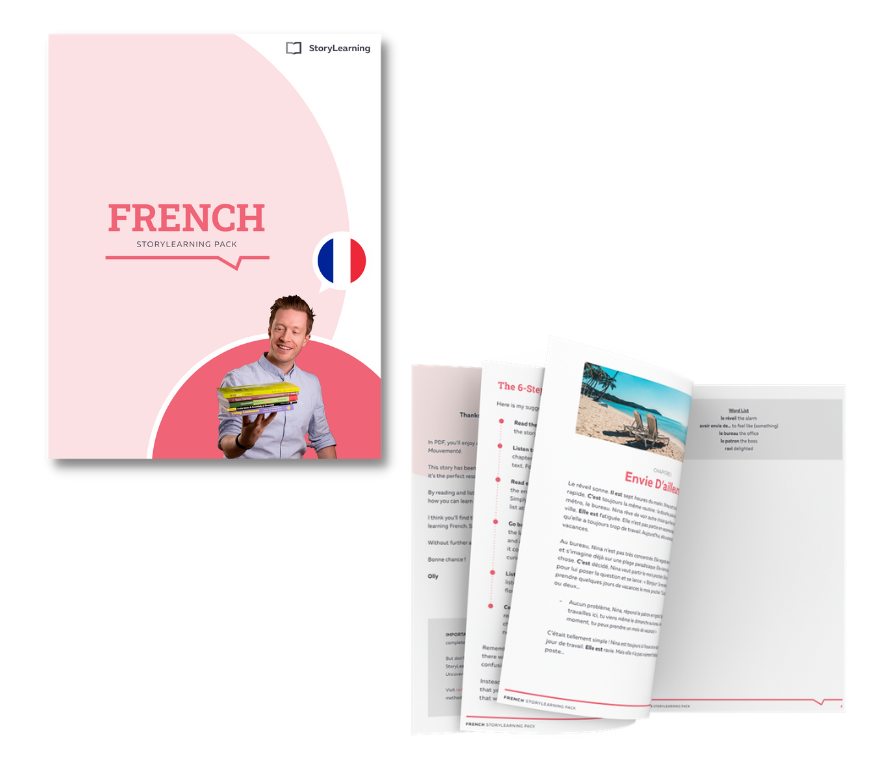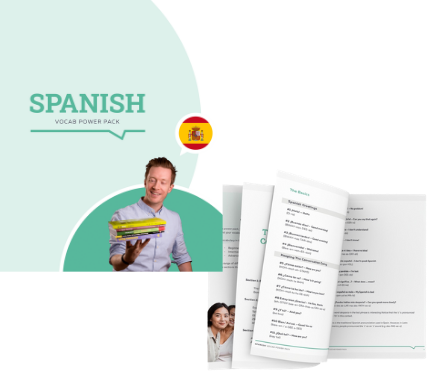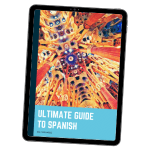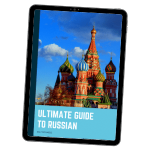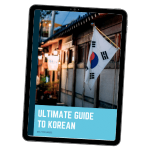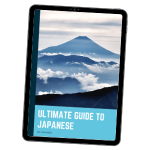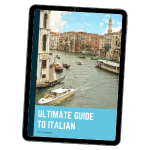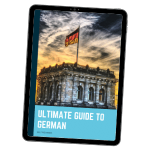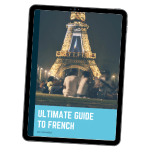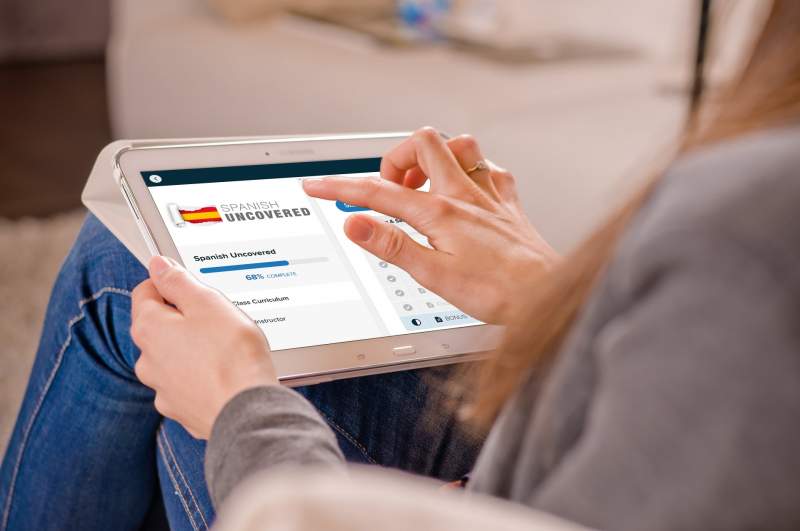Learning Norwegian (or any new language) is a daunting task for most people.
And the word “grammar” can evoke an unpleasant ghost of the past and remind us of stuffy classrooms.
We all learn languages differently. Some aren't too bothered about grammar and just pick up words and sentence structures as they go along. Others need an established framework first.
Whichever type of language-learner you are, basic Norwegian grammar becomes essential at some point to make yourself understood.
Luckily, Norwegian basic grammar rules are largely straightforward, as long as you don't allow yourself to get stressed out by the exceptions.
Pro Tip
By the way, if you want to learn Norwegian fast (including basic Norwegian grammar) and have fun, my top recommendation is Norwegian Uncovered which teaches you through StoryLearning®.
With Norwegian Uncovered you’ll use my unique StoryLearning® method to learn Norwegian through story…not rules. It’s as fun as it is effective. If you’re ready to get started, click here for a 7-day FREE trial.
Table of Contents
1. Norwegian Has Three Genders

Norwegian belongs to the Germanic language group and uses three genders: en (masculin), ei (feminin) and et (neutral).
For native English speakers, it might seem odd that et hus (a house) is neutral, while ei bok (a book) is female and en stol (a chair) male, but there are a few pointers making the assignation of genders to nouns in Norwegian easier.
- Living beings always receive the article corresponding to their sex, for example en ektemann (a husband), ei kone (a wife), en skuespiller (an actor), ei skuespillerinne (an actress), en okse (a bull), ei ku (a cow).
- Norwegian nouns ending in –het, -sjon or –else are always male. You'll soon find that there are quite a few of those in everyday use.
- Norwegian words ending in –inne and –ing are usually female. As –inne is mostly assigned to female performers of a profession, this becomes self-explanatory.
- Words ending in –ment, –em, –gram, –um and –skap are mostly neutral, unless the root of the word originally came from a foreign language. If you were to go to learn Norwegian for business reasons, the words departementet (the department) and selskapet (the company) would appear most frequently in your everyday life, and you'd probably learn this group of gender assignments the fastest.
Though these rules might give you some relief as you try to increase your vocabulary, the vast majority of nouns don't fall into these categories.
You'll have to learn the gender of each noun as you go, especially as you'll soon comprehend that gender affects more than just the nouns of a sentence.
On the bright side, not even the Norwegians in their everyday use of the language can be bothered with all three genders anymore.
In recent years, the feminine form has increasingly disappeared, and nobody will bat an eyelid if you say en jente mister en bok på trappen (a girl drops a book on the stairs) instead of ei jente mister ei bok på trappa. Take that grammar villain!
2. Definite And Indefinite Norwegian Nouns

In most European languages articles always appear in front of the noun. In Norwegian, however, only the indefinite singular noun, as in et bilde (a picture) or en hund (a dog), has an article in front of the word.
The moment the noun becomes definite, like “the picture” bildet or “the dog” hunden, the article not only moves to the end of the word, but also becomes attached to it.
If you have more than one and the noun becomes plural, the articles turn into (e)r and ene and are again added to the end of the word: bilder (pictures), bildene (the pictures) and hunder (dogs), hundene (the dogs).
You'll soon discover that there are a few exceptions, but as your proficiency progresses, those special cases will make perfect sense.
3. Norwegian Sentence Structure
Despite its Germanic origins where one sentence often can cover half a page, written Norwegian prefers short sentences with few commas.
My friend's Norwegian editor used to say: “Once you start wondering where to place a comma, you’re better off using a full-stop and starting a new sentence”.
Norwegian also follows English sentence structure more closely, with the subject followed by first the verb and then the object, as in Jeg går på kino (I go to the cinema).
It first becomes tricky when another word is added in front of the subject, for example Idag går jeg på kino (Today I go to the cinema), because the subject and the verb suddenly change places.
However, as long as you remember that the verb will always remain in second position within a sentence, this Norwegian grammar oddity shouldn't cause any further headaches.
4. Norwegian Verb Conjugation

The good news about Norwegian verb conjugation first: verbs within the same tense are not conjugated.
Whereas in English you rattle off: “I am”, “You are”, “He/She/It is” etc. the Norwegians stubbornly stick to the same form: Jeg er; Du er; Han/Hun/Det er; Vi er; De er; Dere er – disregarding if it is a regular or irregular verb.
However, from then on it goes downhill. The Norwegian language, in the regular verb section alone, uses 4 wildly different types for conjugation when you move into different tenses:
Group 1 is the biggest group and luckily the one you meet most often once you start learning Norwegian. Verbs in this group have a root (marked here in bold) ending in two consonants and the ending will not change from past to present perfect.
- å elske (to love) – jeg elsker (I love) – elsket (loved) – ha elsket (have loved)
Group 2 also includes a wide range of commonly used verbs. Here the verb has a single consonant at the end of the root and when you move from the past to the present perfect, the last letters change from –te to a single -t.
- å leke (to play) – jeg leker (I play) – lekte (I played) – ha lekt (have played)
Group 3 is a bit more complicated to remember, particularly because some of the words seemingly look like the verbs in Group 2.
However, when the root of a verb ends in v, g, ei, ai, øy, au, eu, it will belong to this group and be inflected with –de and -d.
- å leve (to live) – jeg lever (I live) – levde (lived) – ha levd (have lived)
- å lage (to make) – jeg lager (I make) – lagde (made) – ha lagd (have made)
- å dreie (to turn) – jeg dreier (I turn) – dreide (turned) – ha dreid (have turned)
- å drøye (to linger) – jeg drøyer (I linger) – drøyde (lingered) – ha drøyd (have lingered)
Group 4 verbs are the easiest to spot as they are short, compact and always have a root ending in a strongly pronounced vowel. In the past, they will end in –dde while the present perfect becomes –dd.
- å tro (to believe) – jeg tror (I believe) – trodde (believed) – ha trodd (have believed)
5. Norwegian Has Irregular Verbs

Like most languages Norwegian also has a list of irregular verbs. This list, however, is short compared to other languages and contains only approximately 150 words.
In contrast to regular Norwegian verbs, the irregular group will often change a vowel within the word when inflected. Still, as with the regular, they don't conjugate while you remain in the same tense.
Here are some of the most common irregular verbs you will meet early on in your journey to learn Norwegian:
- å gå (to go) – jeg går (I go) – gikk (went) – har gått (have gone)
- å ha (to have) – jeg har (I have) – hadde (had) – har hatt (have had)
- å la (to let) – jeg lar (I let) – lot (let) – har latt (have let)
- å si (to say) – jeg sier (I say) – sa (said) – har sagt (have said)
- å være (to be) – jeg er (I am) – var (was) – har vært (have been)
6. Norwegian Imperative Rules Are Straightforward
Once you’ve got it into your head that the verb in Norwegian sentences is always in second position (called the V2-rule in Norway), you have to forget all about it again when you learn about imperatives.
Like in English, call to action verbs will always begin a sentence which ends subsequently with an exclamation mark:
- Kom her! (Come here!)
- Gi meg den! (Give me that!)
- Sitt ned! (Sit down!)
In principle, the Norwegian imperative of a word consists of the verb’s root in the infinite, but if the nucleus ends with a mm, as in å komme (to come) or å glemme (to forget), the second m disappears during a call to action to become Kom! and Glem!
7. Norwegian Adjectives Change Endings

Didn't I say that the gender of nouns would be important? In Norwegian, the gender issue doesn't only affect the correct use of nouns, but also of the adjectives that define them.
Luckily the rules here are not as comprehensive as with the verbs, but you'll still have to determine if the noun is male/female or neutral – and if it’s singular or plural.
As in English, adjectives are usually placed in front of the noun they describe. The ending of the adjective doesn't vary between male and female, but adds a –t once you describe something neutral:
- (m.) A big car – En stor bil
- (f.) A big girl – Ei stor jente
- (n.) A big house – Et stort hus
When adjectives describe a plural noun, disregarding if it’s definite or indefinite, an –e is added to the end of the word.
- Store dyr (Big animals)
- De store dyrene (The big animals)
There are obviously a few exceptions, but overall, you will cope well when applying these rules to whatever adjective you intend to use.
8. Norwegian Has 2 Types Of Adverbs
While adjectives make nouns more interesting, adverbs will add flavour to the rest of the sentence as they modify verbs, adjectives and even other adverbs.
Norwegian makes a distinction between 2 different types of adverbs: the deceptively named ‘simple adverbs’ versus adverbs deriving from adjectives.
Simple adverbs are not called simple as in easy, but because they consist of words in their own right. These adverbs define, among others, time, manner, place or severity of an action in a sentence, including
- i dag (today), i morgen (tomorrow), i går (yesterday)
- fort (fast), langsom (slow)
- ute (outside), inne (inside)
- meget (very), lite (little)
The second type of adverbs you already know from the English as they borrow an adjective and transform it by adding a new ending. Where English adds –ly, Norwegian uses –t:
- beautifully (from beautiful) – vakkert (from vakker)
- loudly (from loud) – høyt (from høy)
- sharply (from sharp) – skarpt (from skarp)
In most circumstances, adverbs are placed directly after the verb in a sentence, but there are exceptions once you’ll reach the advanced Norwegian stage.
9. Norwegian Prepositions That Are False Friends

Though short and unassuming in sentences, prepositions represent to some of us, me included, the most challenging part of any language.
I know many fluent non-native speakers of English who, to this day, still have to think hard before adding a preposition to any sentence.
Are you “in a plane” or “on a plane”? And why is the shop open “during” the day and not “in”?
To make matters worse for English speakers, Norwegians commonly use the prepositions til and for which sound (and look) very close to our “till” (until) and “for” – but aren't necessarily used the same way:
- Jeg har en gave til deg (I have a gift for you)
- Vi spiste pasta til middag (We had pasta for dinner)
The Norwegian til usually describes movements within space or time, while for mainly involves an intention and can best be translated with the English “in order to”:
- Jeg brukte rødt for å bli sett (I wore red (in order) to be seen)
If it's of any comfort, even native Norwegians sometimes have doubts. The number of questions regarding the difference between til and for posed to the guardians of the correct use of the Norwegian language, the Riksmålsforbundet, speaks volumes!
10. Norwegian Pronouns

Here is the big relief for English (and all other Germanic) language speakers: Norwegian pronouns are simple and straightforward:
- Jeg er (I am)
- Du er (You are)
- Han/hun/det er (He/She/It is)
- Vi er (We are)
- De er (They are)
- Dere er (You are)
When the pronoun is used as an object, things remain unambiguous:
- Han snakker med meg (He talks to me)
- Han snakker med deg (He talks to you)
- Han snakker med ham/henne (He talks to him/her)
- Han snakker med oss (He talks to us)
- Han snakker med dem (He talks to them)
- Han snakker med dere (He talks to (all of) you)
So far, so good. Until someone gets possessive, and pronouns move to strange positions:
- Jeg mistet nøklene mine (I lost my keys)
- Du mistet nøklene dine (You lost your keys)
- Han mistet nøklene sine (He lost his keys)
- Vi mistet nøklene våre (We lost our keys)
- De mistet nøklene sine (They lost their keys)
- Dere mistet nøklene deres (You (all) lost your keys)
In Norwegian, pronouns indicating possession will move behind the noun, unless – as a Norwegian nursery teacher explained to me – you are a 3-year-old toddler, an egoist, or both.
According to her, placing the pronoun in front of the noun increases the possessive urgency and makes us sound as if we speak in capital letters – or bold: “this is MY car” (det er min bil) or “you broke your plate” (du ødela din tallerkenen).
A great way to remember the possessive pronoun rules.
FAQs About Basic Norwegian Grammar
What is the grammar structure of Norwegian?
1. Norwegian has three genders: en (masculin), ei (feminin) and et (neutral).
2. Norwegian definite articles go to the end of Norwegian nouns
3. Norwegian sentence structure is similar to English, but verbs always come in second place
4. Norwegian verbs come in four groups, which affects their conjugation
5. Norwegian has around 150 irregular verbs
6. Norwegian imperative rules are very similar to English ones
7. Adjectives change endings in Norwegian according to gender and number
8. Norwegian has two types of adverb
9. Norwegian uses the prepositions ‘til’ and ‘for’ which look like English, but are used differently
10. Norwegian pronouns are mostly straightforward, apart from possessive pronouns
Is Norwegian grammar easy?
Norwegian grammar is considered easy because it has no case system, straightforward verb conjugation (without personal endings), a predictable word order, and relatively easy pronunciation and spelling rules. It’s much more regular and less complex than languages like German or French, making it an accessible choice for learners. If you're familiar with English or other Germanic languages, you'll find Norwegian even easier to grasp.
How similar is Norwegian grammar to English?
Norwegian and English grammar are quite similar in many respects, especially in word order, sentence structure, and the use of articles, pronouns, and auxiliary verbs. However, Norwegian introduces a few complexities like noun gender, adjective agreement, and some different word order rules in subordinate clauses. Despite these differences, for an English speaker, learning Norwegian grammar is generally straightforward due to the shared Germanic roots.
Getting To Grips With Basic Norwegian Grammar

So there you have it, 10 basic Norwegian grammar rules to get started in Norwegian.
You might have guessed it already, but Norwegian is a language with grammar rules that immediately get broken by exceptions. So you might be wondering, is Norwegian hard to learn?
Norwegian is actually an undemanding language when it comes to sentence structure and volume of vocabulary, especially for English language speakers.
Even if basic Norwegian grammar is fairly straightforward, you might be wondering how to learn and use it.
My top recommendation is to follow the rules of StoryLearning and read short stories in Norwegian.
Reading Norwegian books is also a good way of picking up grammar tips without studying the rules. As you read, you'll pick up Norwegian grammar naturally and these tules will quickly become second nature.

Olly Richards
Creator of the StoryLearning® Method
Olly Richards is a renowned polyglot and language learning expert with over 15 years of experience teaching millions through his innovative StoryLearning® method. He is the creator of StoryLearning, one of the world's largest language learning blogs with 500,000+ monthly readers.
Olly has authored 30+ language learning books and courses, including the bestselling "Short Stories" series published by Teach Yourself.
When not developing new teaching methods, Richards practices what he preaches—he speaks 8 languages fluently and continues learning new ones through his own methodology.


